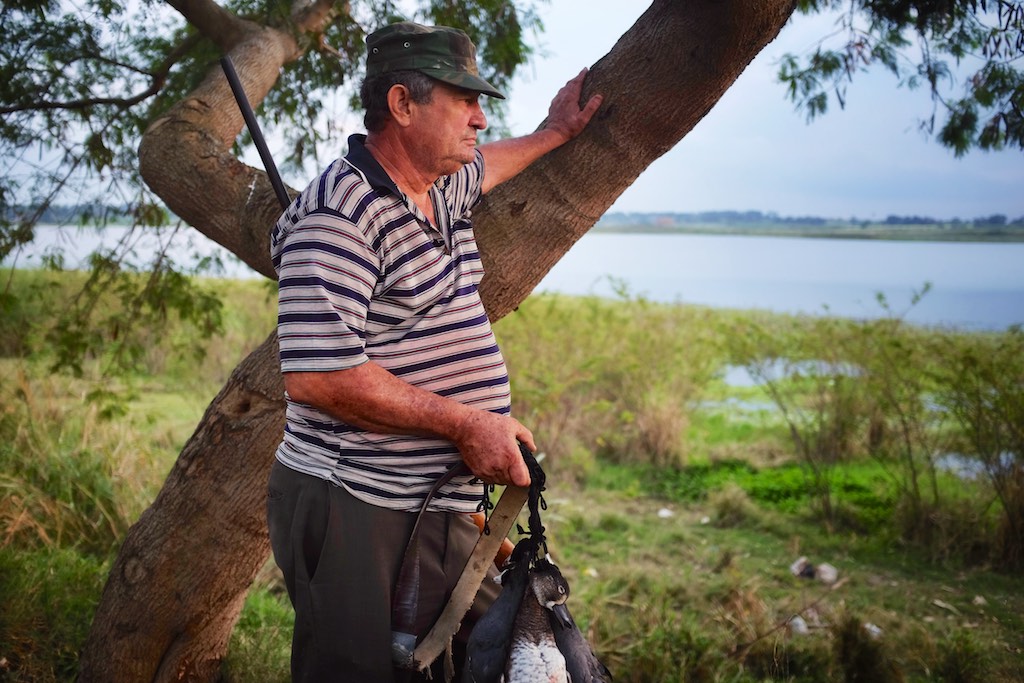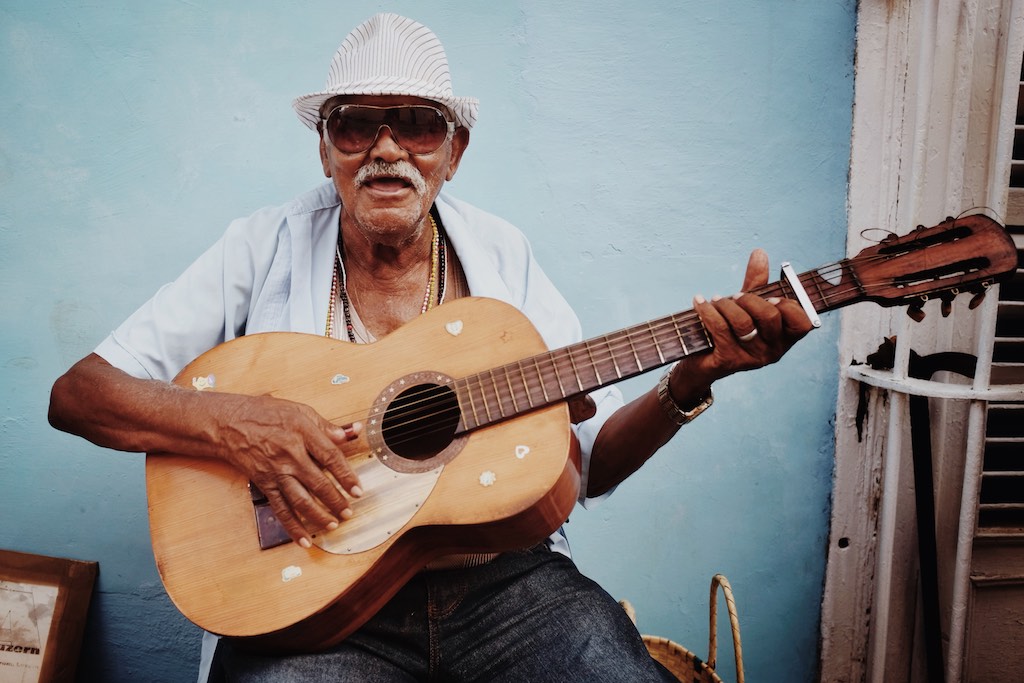
Cuba, Baby!
Havana
Our journey began in Havana, the maddest and most beautiful city we’ve ever seen. Old convertibles from the Fifties roar back and forth between crumbling buildings. It’s like stepping into a time capsule, albeit a time capsule where everyone’s constantly trying to sell you cigars.
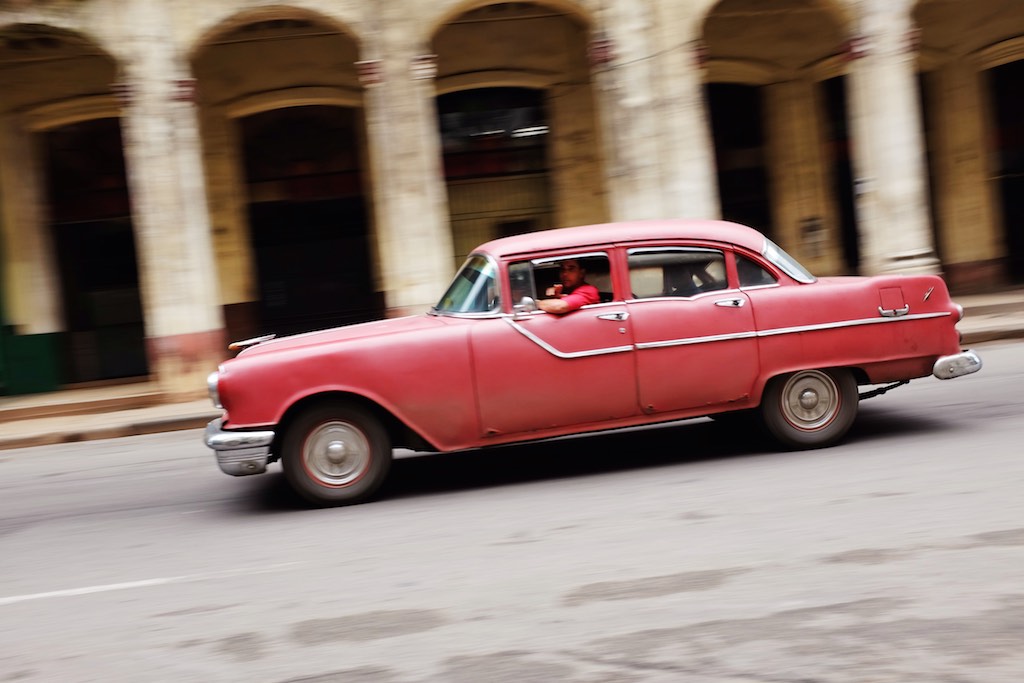
The city presented her inhabitants like characters from a film. There were the ladies on Plaza de Armas with their flamingo pink and pineapples yellow dresses, huge feathers in their hair; the rumba band on the corner of Obispo and San Ignacio, permanent fixtures for the tourist snappers; and the ladies and gentlemen with their fancy clothes and large cigars posing their same old pose for a couple of CUC.
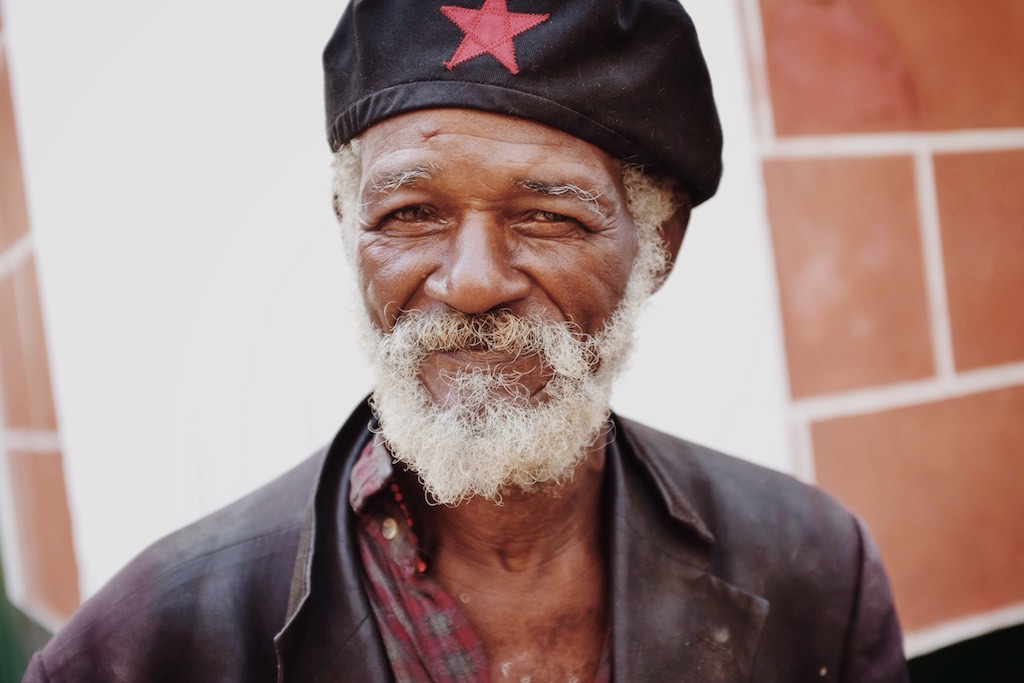
But for the best portraits we went onto the streets early, before the day-trips from Varadero arrived and before the hordes from the cruise ships in the harbour descended. We ventured a couple of streets off the Unesco-restored old town and met the real inhabitants of Havana. Their city is paused in a bygone era, but we got the impression that the people wanted change.
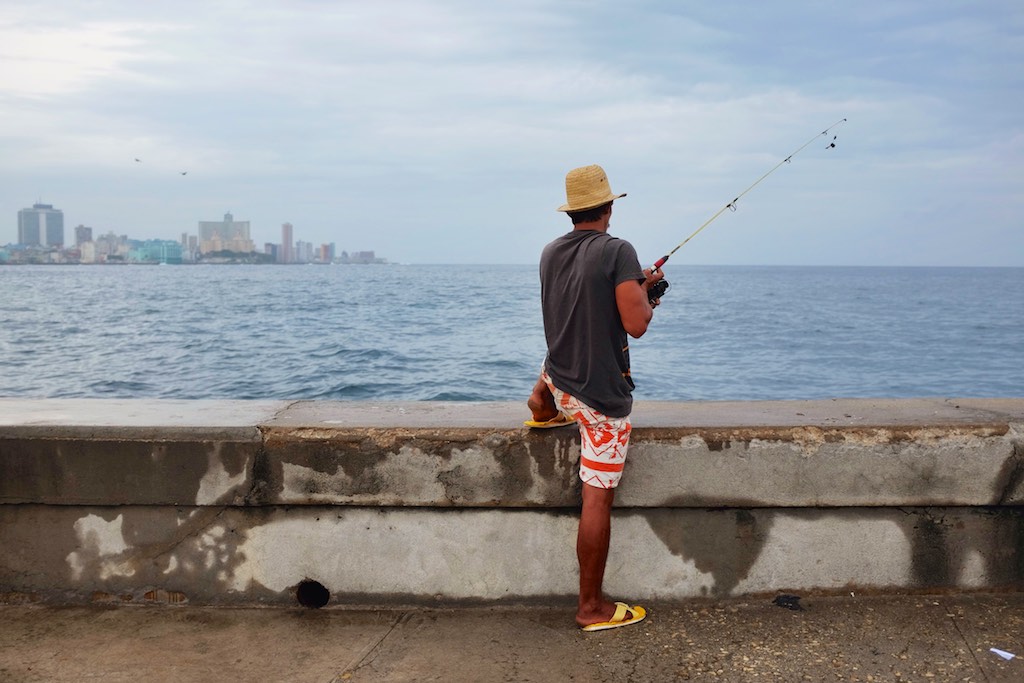
We spent 5 days in Havana. This allowed us to experience the old town and the various colourful plazas, but also do a few things further out, including a day-trip to Conjimar and going around the ‘newer’ parts of Havana looking for Modernist architecture. In Havana we stayed at Casa Vieja 1840 (read our TripAdvisor review) for CUC35 a night, inclusive of breakfast. Taxis are affordable (to Conjimar and back for example was CUC16), but the old town is compact and we walked around everywhere.
Trinidad
The road to Trinidad took us past Pio Cua, Playa Largo, and Cienfuegos. The Viazul bus was overcrowded with several people sitting on the floor and we spent the better part of a day travelling. Along the way we saw many small villages, farmers on horseback, horses pulling carts, caged pigeons on rooftops, lots of people on porches, antique tractors, and manual labour in fields.
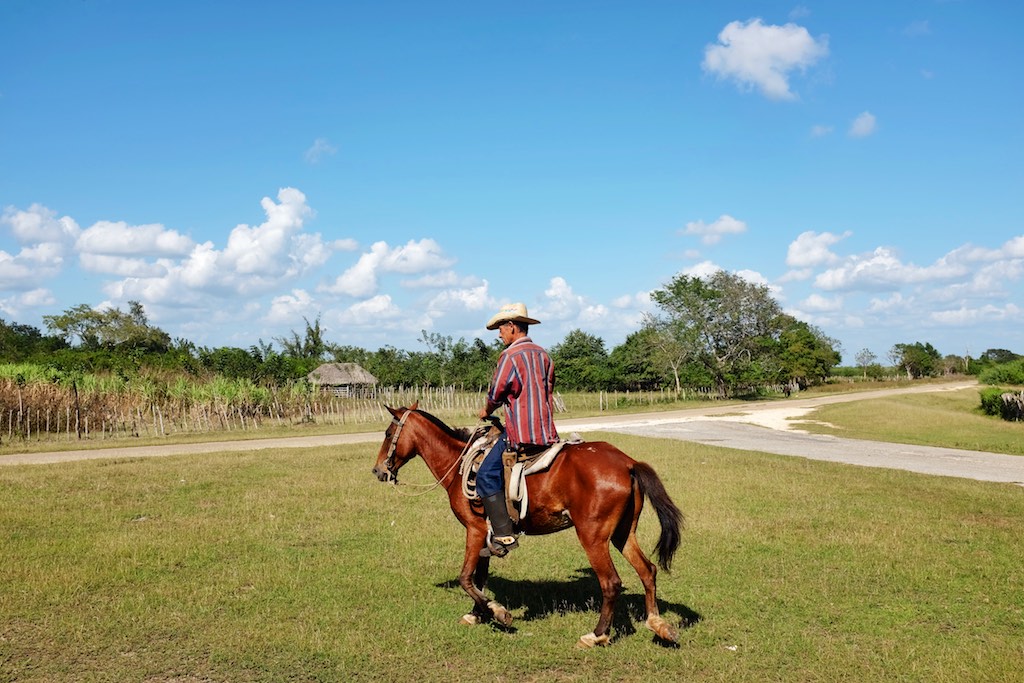
Everywhere there are signs and posters proclaiming Patria o Muerte, Fatherland or Death. The route we followed was the route followed by Castro, Cienfuegos and Guevara during the revolution and there are memorials to the fallen along the way. We arrived in Trinidad just before dark and were mobbed by people promoting casas and other tourist services.
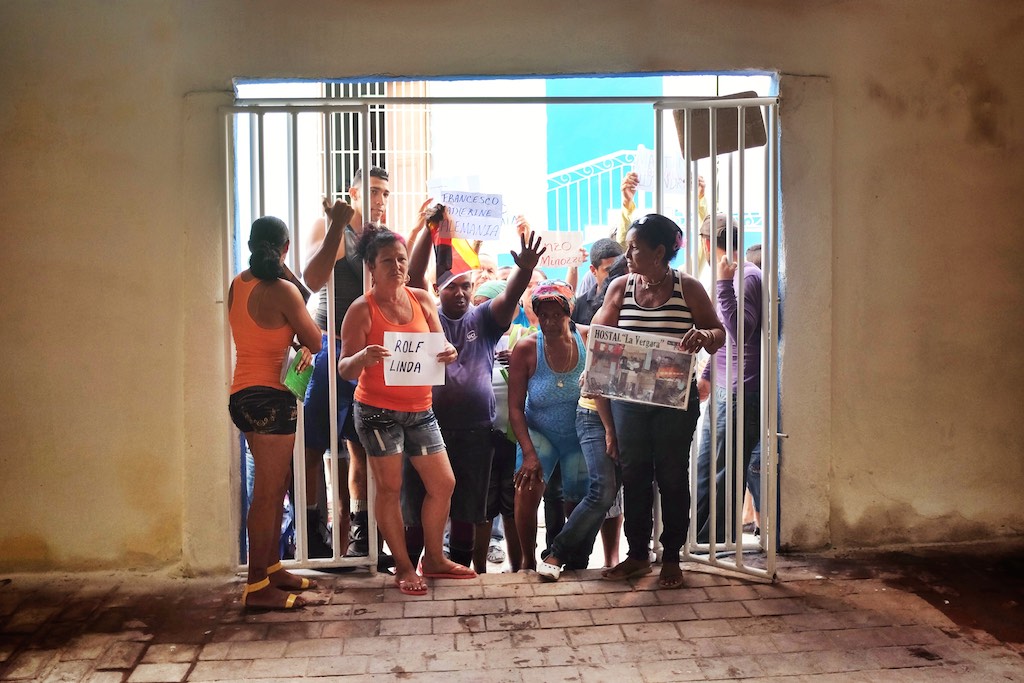
Trinidad is an important place for Cuban music and some of the island’s greatest guitar players come from here. We spent the evenings wandering around town, listening to music around Casa de la Musica or at our amazing casa, Casa Tamargo (read our full TripAdvisor review). Trinidad celebrated its 500 year anniversary in 2014 (founded 23 December 1514). It has been a UNESCO World Heritage site since 1988 and the old town is well preserved for the benefit of tourism. In contrast, some parts of town outside of the non-tourist areas were very run down and in disrepair.
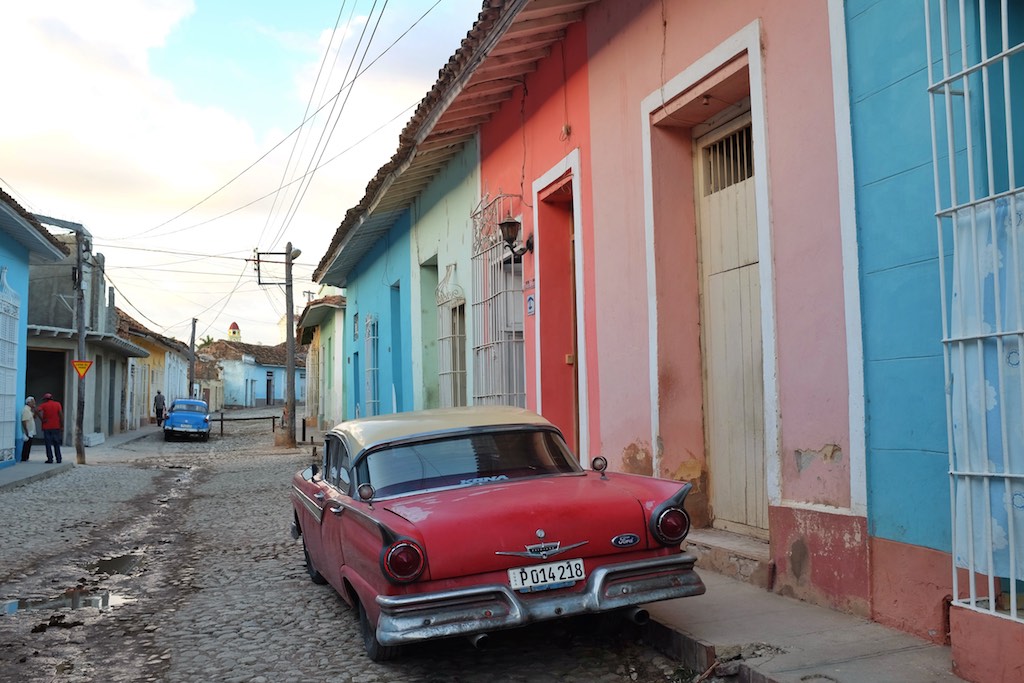
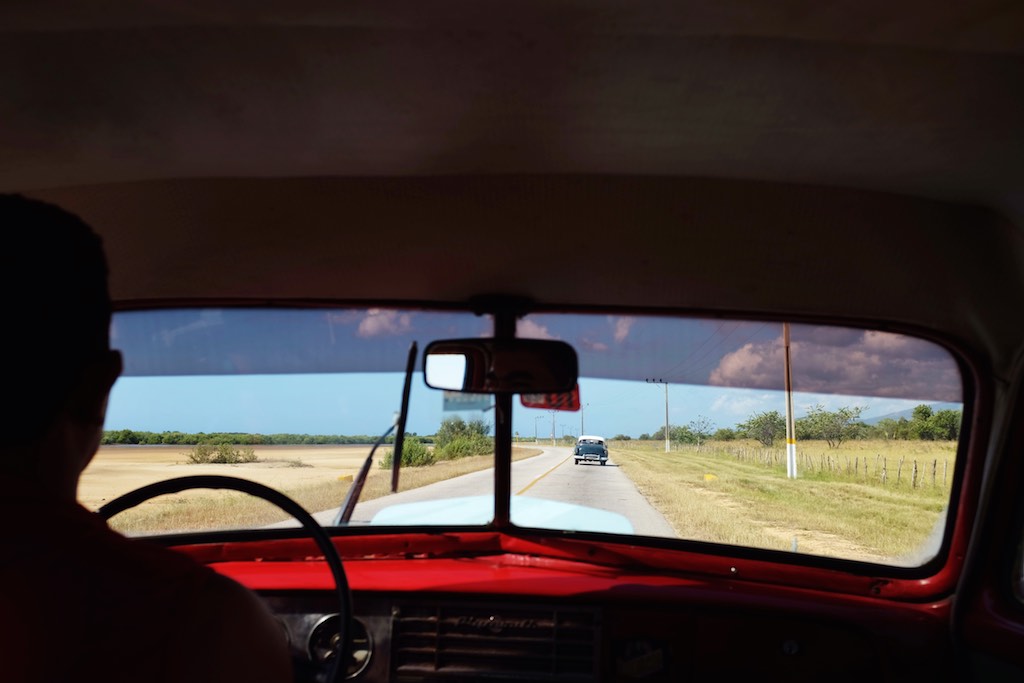
Our days on Playa Ancon were perfect. The beach is on the Caribbean side of the island and was beautiful. It is almost five kilometers long with clean, pristine sand and the perfect water temperature. We found a nice spot away from the hotels and there were guys selling fresh coconuts.
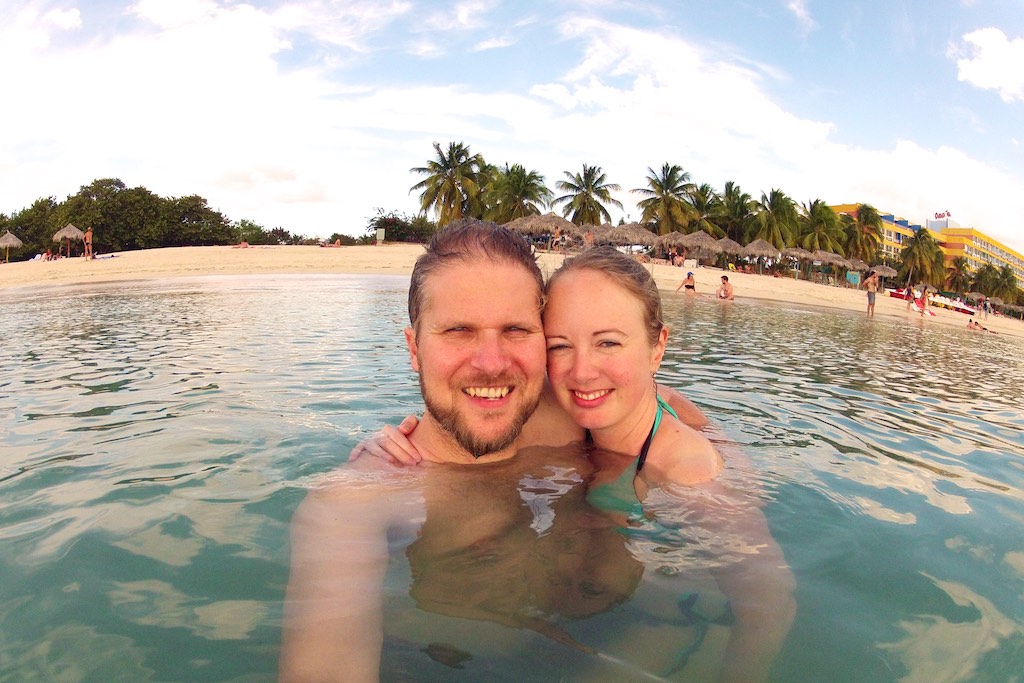
Valle de Viñales
Another one of Cuba’s UNESCO World Heritage sites, the valley is located in the Sierra de los Órganos just north of the town of Viñales, Pinar del Río Province. The rich soil is perfect for growing tobacco and other crops.
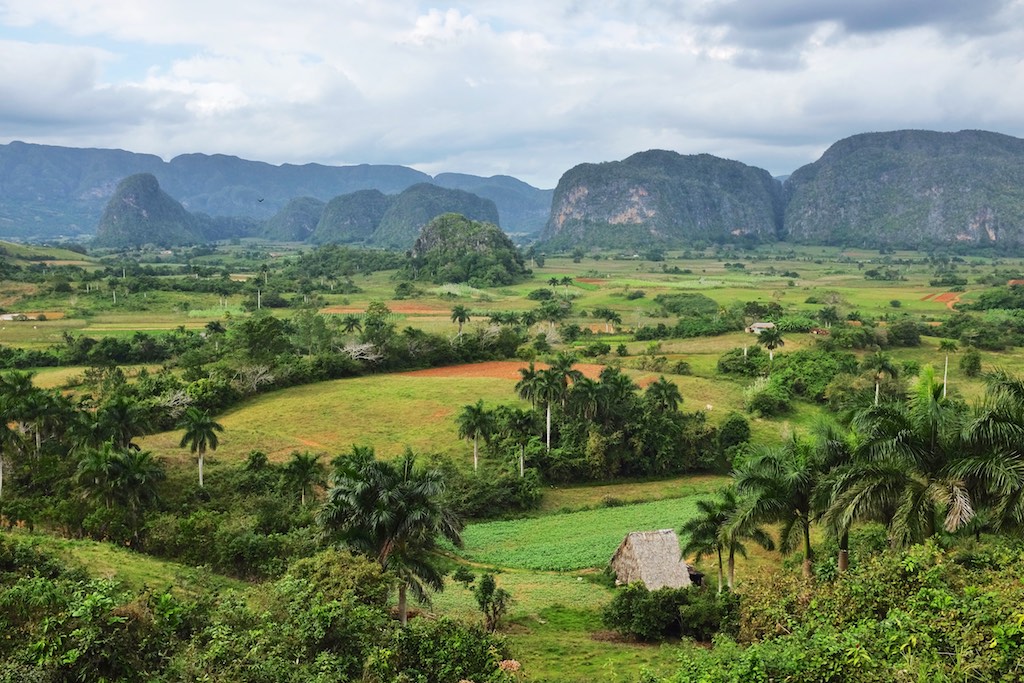
We made a day-trip from Havana to the small town of Viñales. From there we visited a casa de tabaco the Cueva del Indio, where we drank some cuava, a sugar cane and pineapple juice with rum. A day was not enough for this beautiful region, but the day trip from Havana was a good compromise as we were running out of time.
Highlights
- The people. Conversing is a Cuban pass time and although we’re not Spanish speakers, we still managed to talk with people. They were friendly, inquisitive and what makes Cuba special.
- Rum. Rum was cheap and we tried many of different rum-based drinks, including Cuba Libre, mojito, guarapo and piña colada. Compliment the barman and you’re surely to get an extra splash of rum.
- Cigars. We visit a casa de tabaco, learned how to roll a cigar and smoked unbranded cigars bought directly from the farmer. Neither of us are smokers, but we smoked cigars like it was going out of fashion!
- Food & music. We liked the food and in particular the grilled fish. It is everywhere and although the Cuban menu can be repetitive, food was generally excellent and almost always accompanied by ramba music. It’s worth checking with your casas whether they offer dinner as we’ve had some of our best meals in Cuba at casas.
- Old cars. Getting a ride in one of the old Fifties cars is a tourist hustle and you’ll get exactly the same experience for a tenth of the price by just calling a taxi – especially outside of Havana where car rides aren’t offered as tourist entertainment.
- Architecture. The romance and faded grandeur of Havana’s old buildings were mind blowing, but we were also struck by the fact that these buildings are people’s homes and businesses and that their daily lives were quite difficult. Also don’t miss the Modernist buildings if you’re into architecture.
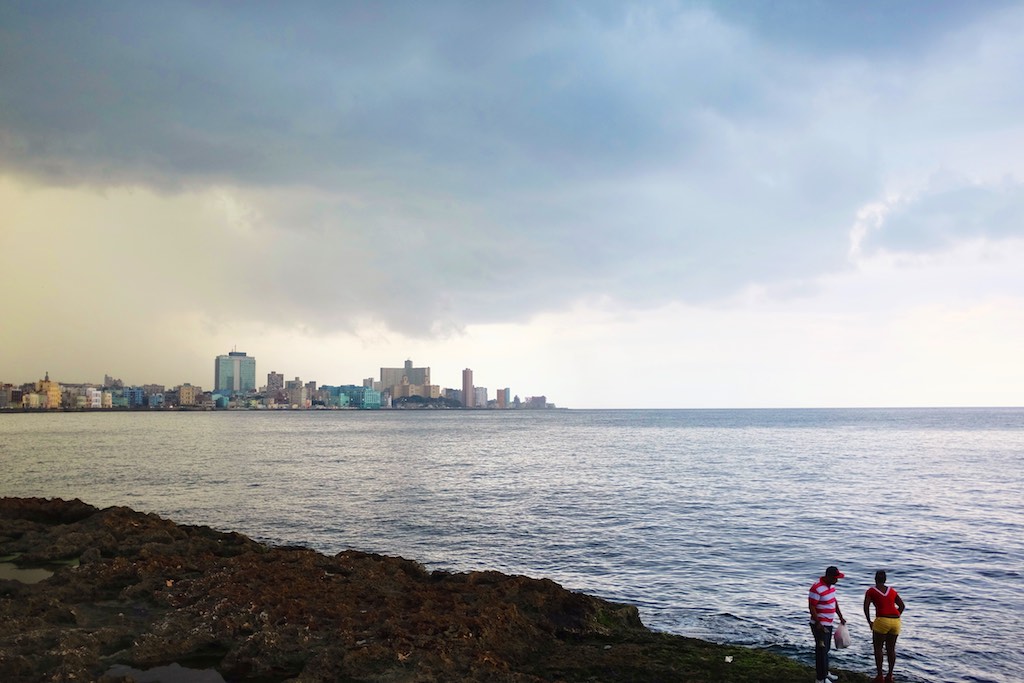
Fine print
- Havana never stopped. Cubans live with a passion and there was a constant sound of rumba music, people walking by, people talking, chickens clucking, dogs barking and cars honking – even way into the night and before we knew it, the cockerels started crowing.
- The Havana Hustle is real (also in other parts of Cuba). Ninety percent of people we met were genuinely friendly and trying to help, but there were plenty of people trying to hustle us. Read up about it online before you go, but the main hustles were cheap cigars from the head of the collectivo’s house, and an invite to listen to the remaining members of the Bueno Vista Social Club. Basically if you’re approached by a street jockey (or jinetero) for any form of service or product, take care as they’re only after hustling you out of some or all of your money.
- When drawing some money at a state bank, I still haven’t figured out what the bank teller meant when the only thing she kept saying was “…suck, suck…”.
Other info
- Distance travelled: 1,060 km (mostly by bus)
- Number of days in Cuba: 12
- A good alternative when travelling to Cuba is to fly in to Santiago de Cuba (flights from Paris) and drive or bus to Havana via Trinidad, Cienfuegos, and Pinar del Río.
- We took buses between cities, but we met several people who used taxis for long distance travel. If you have the time and especially if you speak Spanish it’s worth bartering.
- We were advised not to drive ourselves, but from what we’ve seen, I think this is really easy as long as you stick to day-time driving and take along a good road map.
- Budget: Prices vary greatly, but expect to pay in the region of CUC2.00 for a beer and CUC3.50 for a mojito. Taxis in Havana shouldn’t be more than CUC8.00 for journeys within the city. A meal consisting of grilled fish, vegetables, and rice can be as little as CUC7.00 per person.
